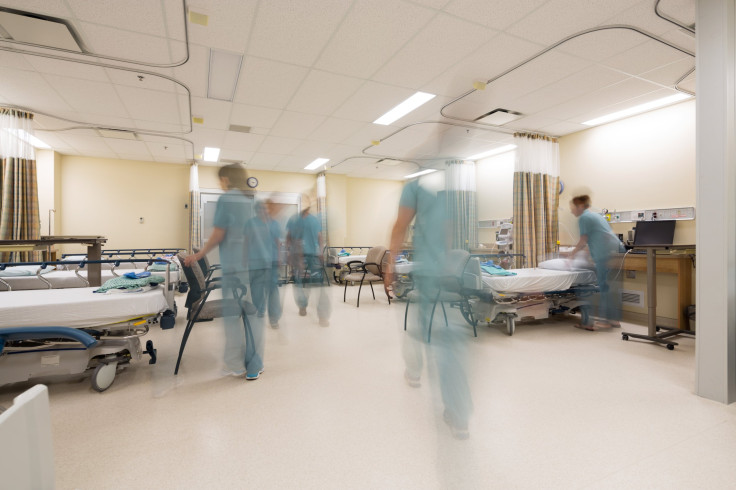Post-Surgery Death Risk Highest In The Afternoon, On Weekends, And In February

One’s chances of dying after surgery rises depending on the time of day or year, new research from Germany shows.
Past research has shown significant fluctuation in hospital deaths overall based on daily, weekly, and seasonal variability, a phenomenon observed in various populations around the world. But for the first time, investigators have shown the same cyclic differences for post-surgical deaths, specifically.
Presenting their findings at the Euroanaesthesia meeting this month, investigators Felix Kork and Claudia Spies of the University of Medicine Berlin highlighted the soft power of the hospital clinician charged with scheduling surgeries while managing finite resources. The death rate was 21 percent higher for surgeries performed in the afternoon, and 22 percent higher for weekends. Surgeries performed during the entire month of February were associated with a 16 percent higher mortality risk.
"Several factors may have influenced this outcome,” the researchers said in a press statement. “It may be that standard of care differs throughout the day and between weekdays and weekends.”
The researchers considered that more emergency surgeries are performed during afternoon hours and the weekend, controlling for that possibility in the analysis of their data. However, the study does not consider whether patients treated during those hours may skew the data with more severe levels of illness and trauma.
“We need more data to draw conclusions regarding seasonal variation in postoperative outcome,” the investigators said.
In the retrospective study, they modelled data collected from two hospital campuses of Charité Tertiary Care University Center in Berlin between 2006 and 2011. Among more than 218,000 patients considered in the team’s analysis, the death rate fluctuated significantly over the course of hours, days, and months — even at the very highest levels of patient care available in one of the world’s most technologically sophisticated countries.
"Despite having an accredited quality management system in place in our hospitals, as well as having the European Society of Anaesthesiology’s Helsinki Declaration of Patient Safety in Anaesthesiology implemented, this study shows that we should seek to further improve patient safety,” the researchers said.
Among possible explanations for the variability in death rates is the quality of nursing care, some say. While juggling hospital resources, surgical schedulers rarely consider capacity in surgical nursing wards, which itself varies from day to day.
An analysis last year from SAS Institute found that post-surgical care represents a neglected consideration in the scheduling of surgery. "Surgeons are required to perform vital operations on a daily basis, but often their planning is not optimized for the 'downstream' care," the authors wrote. "This leads to under- or overutilization of postoperative nursing wards, which can either compromise a hospital’s ability to provide the best possible care and ensure the best possible patient outcome, or result in precious hospital funding going toward underutilized resources."
Source: Spies C, Kork F, et al. At Euroanaesthesia, The Annual Meeting Of The European Society Of Anaesthesiology. 2014.



























